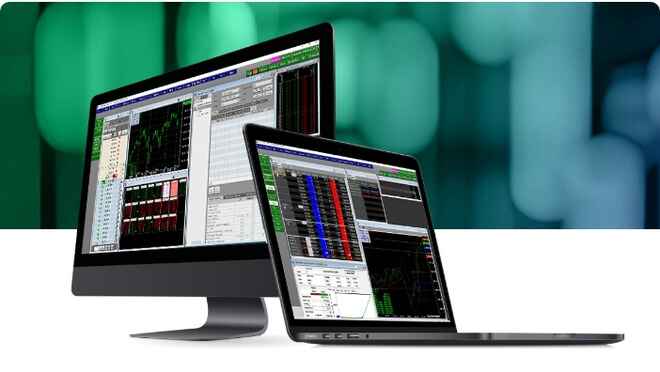| Course Sections: |
| Part 1: Introduction to Futures Trading |
| Part 2: Futures Trading 101 |
| Part 3: Who Trades Futures? |
| Part 4: Why Trade Futures? |
| Part 5: Basic Futures Trading Strategies |
Participants who trade in the futures market fall into two broad categories—speculators or hedgers. Speculators take risk and provide liquidity for hedgers who are seeking to dispose of any number of kinds of business risks they face.
Speculators
Speculators take risk and seek to profit from the ups and downs of futures prices. Speculators can be individuals like you to professional traders working alone or within trading groups. They also could be institutional money managers. But, whoever they are, profit is their primary objective.
Similar to stock trading, speculators in futures use both fundamental and technical analysis to generate signals as to the future price movements of a specific contract. They might trade support and resistance levels from futures price chart. Or, they might study global supply and demand. Professional traders increasingly use computerized algorithms to monitor the markets and take advantage of very slim pricing opportunities. The volume of trading generated by speculators provides liquidity for hedgers.
Hedgers
Hedgers use the futures markets to get rid of the price risk that is inherent in their business. Farmers, food processors, energy producers— and even corporate treasury departments—are examples of hedgers who lock in prices using futures contracts to protect against price movement and volatility. Hedging becomes a form of price insurance as it establishes a price for something they intend to buy or sell in the cash market at a future date.
Stock traders can hedge, too. Let’s say you hold a broad range of stocks or a stock index in your portfolio. You are concerned about near-term performance given market conditions, but do not want to lighten your holdings because of capital gains tax consequences — plus, long term you’re bullish. Selling a stock index futures contract could protect your exposure to a drop in the stock market.
<Back– Part 2: Futures Trading 101 Next– Part 4: Why Trade Futures? >


